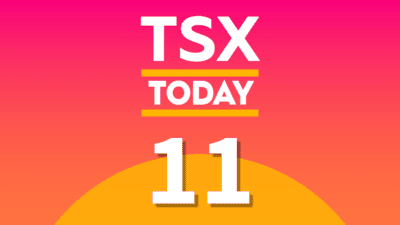We all dream of achieving financial freedom, a point where we no longer need to work to maintain our desired lifestyle. The idea of generating passive income to cover our living expenses is undoubtedly appealing and a grail for many investors to chase.
But how much investment is needed to create a sustainable income stream that allows us to bid farewell to our nine-to-five jobs? What do you invest in? And how can you ensure you don’t run out of money early? When you factor in these variables, things can get pretty complicated.
Investors also need to consider their personal circumstances, such as cost of living, leisure, healthcare, and other expenses that our passive-income stream needs to cover. Here’s my honest breakdown of this question and some suggestions for how you can invest to make this a reality.
Ground rules
Obviously, your living expenses are going to differ depending on a few circumstances. Someone living on their own a less-expensive province is going to have a much easier time than a family of four in, say, Toronto.
To make this as rosy as possible, we’re going to assume that you’re a single 25-year-old living in Newfoundland & Labrador and are renting. You’re in good health and have no dependents. According to LivingCost.org. the total with rent, food, transport, and utilities is roughly $1,407.
We’ll round this up to $1,500 to cover things like an occasional night out and other miscellaneous expenses. Annually, this works out to around $18,000 in living expenses, which is fairly low compared to how expensive other parts of Canada are.
How to generate income
To generate $18,000 annually, or $1,500 monthly, we have to set some expectations for yields. Sure, you can use a dividend stock that pays 7% or above, but dividends as high as those tend to be unsustainable. Investing only in a single stock is also very risky.
Thankfully, we can use options to transform regular stocks into income-generating machines. Specifically, we can use a covered call exchange-traded fund, or ETF. These ETFs sell call options, which converts their future returns into immediate cash premiums.
A great ETF pick here is BMO Covered Call Dow Jones Industrial Average Hedged to CAD ETF (TSX:ZWA). This ETF holds 30 stocks that track the Dow Jones Industrial Average index and sells covered call options on it. Right now, ZWA yields 6.80%.
Calculating how much we need
Assuming ZWA’s most recent February monthly distribution of $0.13 and current share price at time of writing of $23.14 remained consistent moving forward, an investor would have to buy $266,989 worth of ZWA to receive a $1,500 monthly payout:
| COMPANY | RECENT PRICE | NUMBER OF SHARES | DIVIDEND | TOTAL PAYOUT | FREQUENCY |
| ZWA | $23.14 | 11,538 | $0.13 | $1,499.94 | Monthly |
Not many investors have this sort of money lying around. With $266,989, it might just be worth getting a rental property (but that requires more time and effort). If your account isn’t this large yet, consider investing for growth (and the Fool has some great stock picks for that below!)







